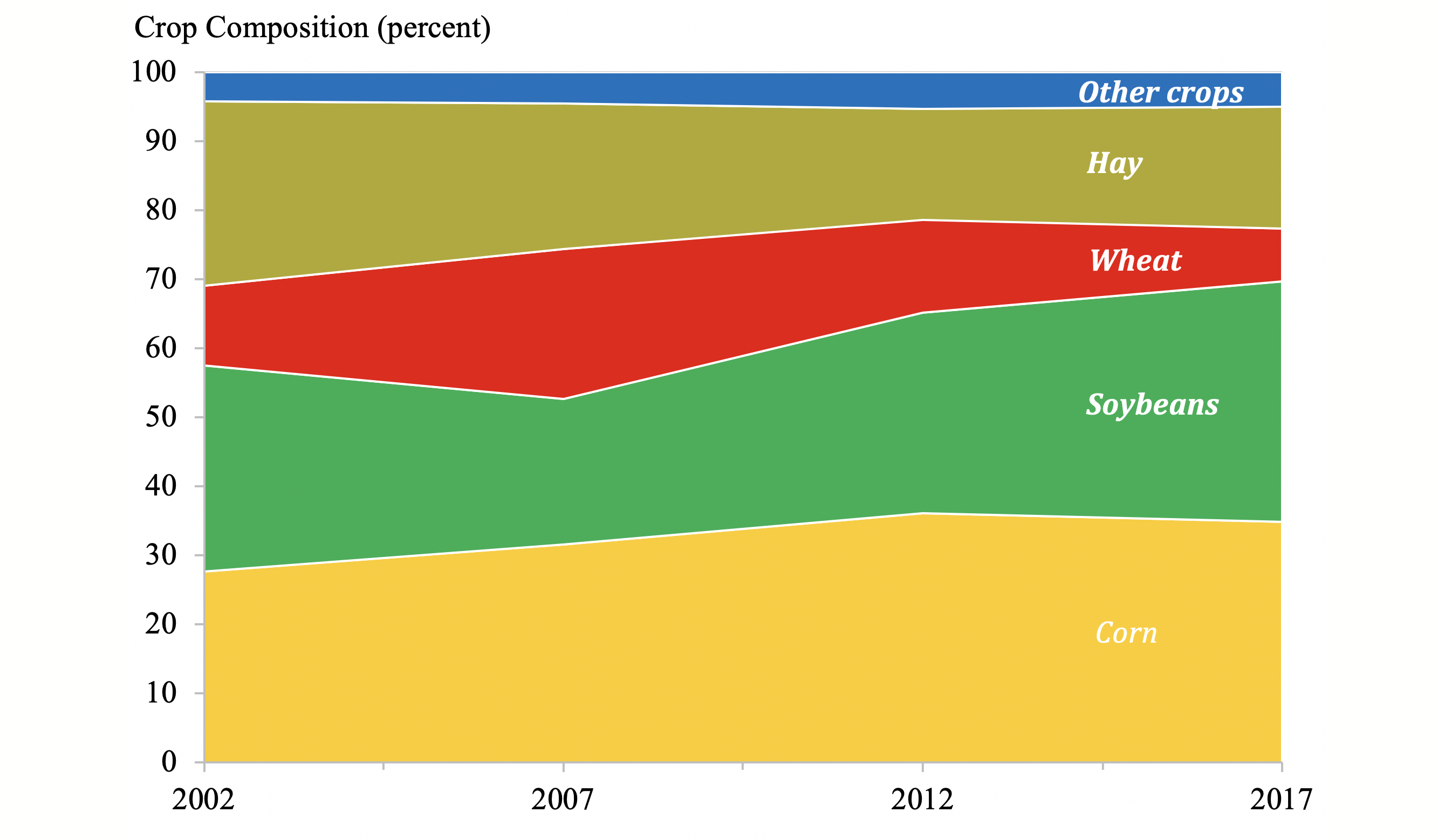Search

South Dakota 4-H Robotics & Engineering 2019 Challenge Packet - Recycle Challenge
The South Dakota 4-H Robotics Challenge is an opportunity for youth who have been learning about robotics to demonstrate their learning, celebrate their accomplishments, and interact with others who share an interest in robotics.

State 4-H Rodeo Resources
View the documents and forms to participate in the State 4-H Rodeo.

Spring Wheat Variety Trial Results
The 2023 spring wheat reports include data from 10 locations with regional summaries.

Field Pea Variety Trial Results
In 2023, field pea trials were planted at different locations in South Dakota.

SDSU Extension 4-H Youth Development Camp Policies and Procedures
Throughout the manual, various policies indicate that they are in addition to the policies and procedures in place at the camping facilities. As a renter of camping facilities, SDSU Extension and South Dakota 4-H will follow all policies and procedures outlined at the facilities rented and employ any additional policies as needed.

Lawn Weed Control
Cultural weed control practices must be included in weed management programs to optimize control and inhibit re-infestation. A healthy, dense turf cover is the best overall defense against weed invasion. Some common cultural weed control practices include planting the most adapted turfgrass species for your environment (i.e. shade, full sun, or hot, dry conditions), maintaining a mowing height of 2.5–3.5 inches, watering deeply but less frequently, and proper soil maintenance including fertilization and core aerification.

Grassy Weeds
Grassy weeds are a problem in all field crops. They must be identified at early stages of growth so they can be controlled before crop yields are seriously threatened. Control measures are not the same for all grassy weeds, so accurate seedling identification is important.
![A herd of cattle gather around a stock pond on a vast, lush grassland. Courtesy: USDA [CC BY 2.0]](/sites/default/files/2019-05/W-00231-00-cattle-grazing-grassland-pasture-range.jpg)
2017 Weed Control: Pasture and Range
There are 24 million acres of native and tame pasture and range as well as 1.4 million acres of grass hayland in South Dakota.

Crop Diversity Reduced in South Dakota
The recently released 2017 Census of Agriculture data shows that South Dakota has experienced a considerable increase in acreage harvested of two major crops, corn and soybeans over the past decade.

Buying or Selling Oats for a Cover Crop? Be Sure to Follow the Rules
As a challenging 2019 row crop planting season wraps up in South Dakota, many producers are looking to plant cover crops on unplanted acres. One popular cool-season grass cover crop is oats. Most oats in South Dakota are grown as certified varieties, and it is important to be aware of the legal ramifications behind purchasing oat seed for use as a cover crop.